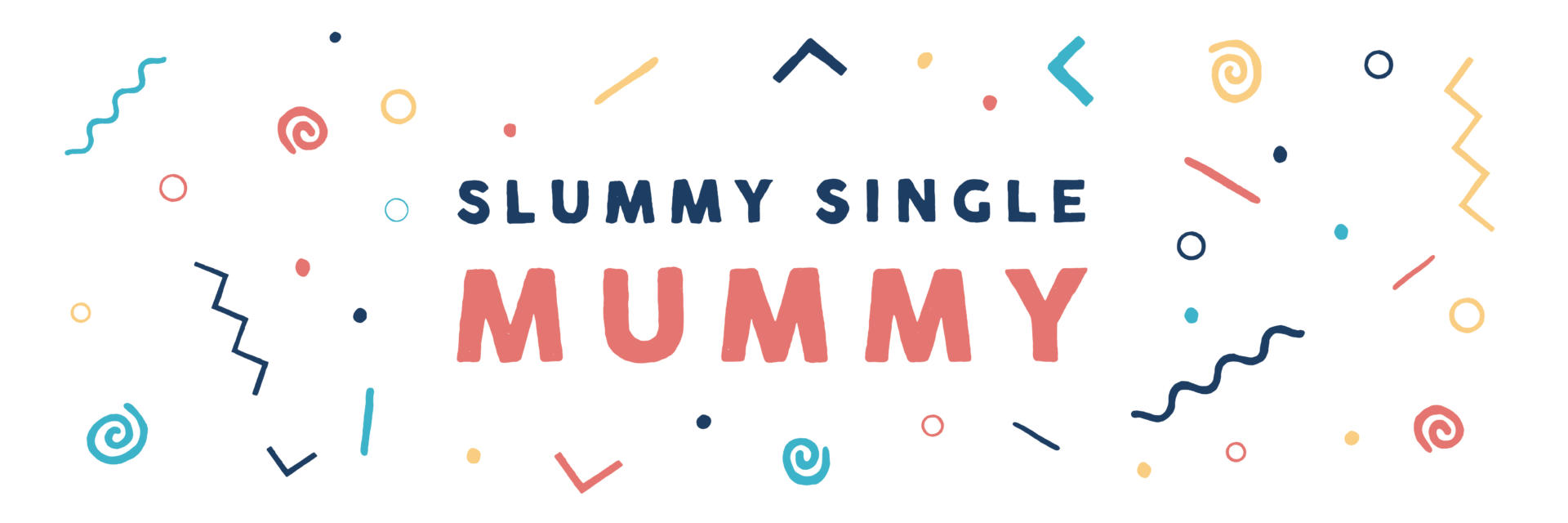Parents and caregivers must have a baby first aid kit to ensure they are prepared for minor accidents and emergencies. Having the necessary supplies in place can make a significant difference in handling injuries quickly and effectively. In this post, we will explore the essential contents that should be included in a well-stocked baby first aid kit, ensuring the safety and well-being of your little ones.
Adhesive Bandages
Within any active household, bumps, scrapes, and cuts are inevitable, especially with curious babies exploring their surroundings. It’s important to include a variety of adhesive bandages suitable for baby skin in your baby first aid kit. These bandages should come in different sizes to cater to various wounds.
Antiseptic Wipes or Solution
According to the experts at TinyHearts, properly cleaning wounds is crucial in preventing infections. Keep antiseptic wipes or solution bottles handy to disinfect the affected area before dressing it with an adhesive bandage. Opt for gentle products specifically designed for delicate baby skin.
Sterile Gauze Pads
In cases of bleeding or larger wounds, sterile gauze pads are indispensable. They provide clean coverage over the injured area and promote healing by allowing airflow while protecting against external elements.
Tweezers
Tweezers are valuable when extracting splinters or foreign objects lodged on the surface of your little one’s skin. This ensures their safe removal without causing further harm or discomfort.
Thermometer
Keeping track of your baby’s temperature is crucial during illness episodes. Use reliable digital thermometers that provide accurate readings within seconds. Aim for those suitable for oral, rectal, or axillary temperature measurement.
Cooling Pack
Accidental burns are possible even with precautionary measures in place. Cooling packs offer quick relief by reducing the pain and inflammation associated with minor burns. However, due caution must be exercised regarding the age for which cooling packs are suitable.
Scissors
Having a pair of blunt-tipped scissors is vital in your first aid kit. It allows for precise and safe cutting of adhesive bandages and medical tapes. Extreme care cannot be emphasised enough to store them out of the reach of young children.
Medicine Dispenser
When minor fevers or illnesses arise, it’s important to have a medicine dispenser on hand. Prefer one that gradually measures accurate doses, reducing the chances of overdosing. Always check child-appropriate dosage guidelines and consult your paediatrician if necessary.
Calibrated Dropper
For infants, a calibrated dropper is useful for administering essential medications or first aid remedies in generic dosages. Suitable for oral or nasal administration, they permit safe and controlled delivery. An alternating nose drop can assist in alleviating common nasal congestion issues babies frequently face.
Disposable Gloves
Donning a pair of disposable gloves ensures utmost hygiene while providing first aid. Protect others from exposure when handling blood and bodily fluids or applying antiseptic ointment. Recommended materials include latex-free nitrile gloves, considering potential allergies.
Emergency Contact Information
Having important emergency contact information readily available is crucial in case of any serious healthcare emergencies. Create a section in your first aid kit that includes essential contacts such as your paediatrician’s office, poison control centre and emergency healthcare services. This ensures quick access to the right resources during times of urgent need.
Rehydration Solutions
Dehydration can occur easily in babies, especially during bouts of diarrhoea or vomiting. Include appropriate rehydration solutions or oral electrolyte replacement fluids in your first aid kit to help replenish lost fluids and electrolytes. These solutions usually come in single-use packets or bottles, making them easy to administer when needed.
Conclusion
Crafting a well-stocked baby first aid kit is an essential step towards ensuring your little one’s safety during unforeseen accidents. It equips you with the necessary supplies to promptly address minor injuries before seeking medical attention. Regularly inspect and replenish the kit to replenish expired items or restock dwindling supplies. Be sure to keep it in an easily accessible location so that anyone caring for your baby has clear instructions on its use.
